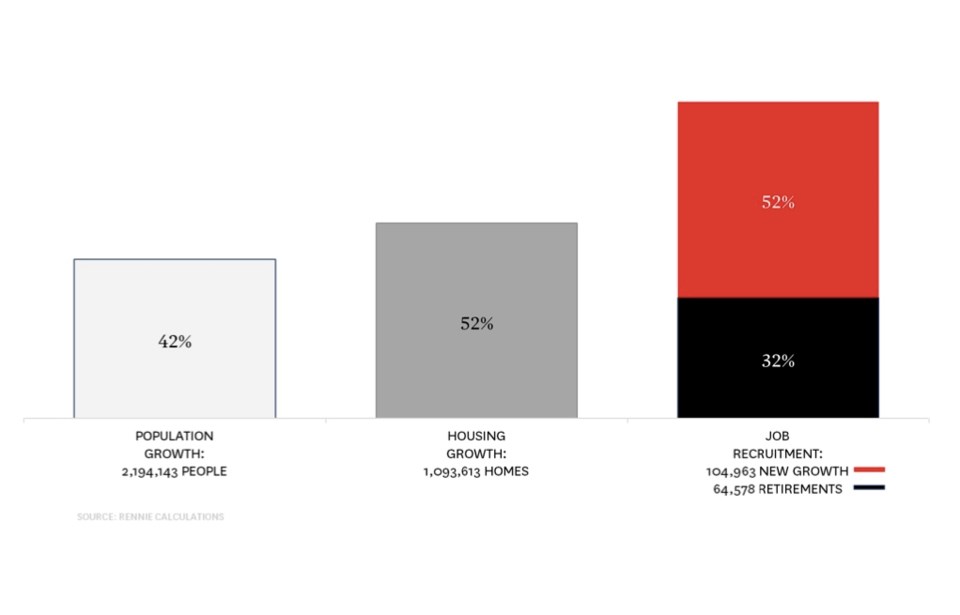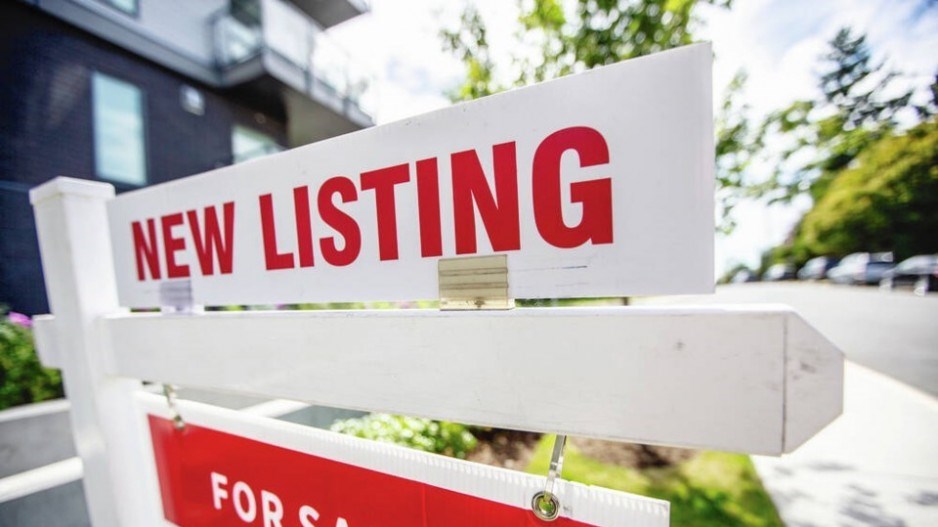B.C.’s real estate workforce is in for a shake-up in the coming decades.
That’s according to a new report that concluded attrition due to aging and retirement, as well as greater demand from a growing and changing population, will be putting pressure on employment growth in the sector.
Tuesday’s study from Rennie Advisory Services for the Real Estate Institute of B.C. breaks the real estate sector down into two categories of employment: real estate conveyance and real estate development. It noted that aging is occurring among real estate workers in both areas, and in the B.C. population at large.
In real estate conveyance, a total of 17,722 additional workers would be required each year to fill both potential retirements and additional demand.
In real estate development, a total of 71,892 additional workers are needed each year, the report said.
“It is clear that aging will be the dominant theme that will characterize community change in British Columbia overall in the coming years due to aging, low birth rates and out-migration in the younger age groups,” the REIBC study stated.

The report, Demography & Demand: The Changing Context for Real Estate Occupations in British Columbia, examined the relationship between population growth and housing demand.
It noted that between 2021 and 2041, B.C.’s population is projected to grow by 2,194,143 people, an increase of 42 per cent.
As a result of population growth, the report said B.C.’s total housing demand is projected to increase from 2,113,315 units in 2021 to 2,696,398 by 2031, and further to 3,206,927 by 2041. Over the next 20 years, this represents an increase of 1,093,613 units, or a 52 per cent increase from 2021.
Future housing demand therefore requires employment growth in the sector.
"Preparing for this transformation to ensure a robust labour force and improved process efficiencies requires collaboration across government, educational institutions, and industry leaders to ensure the resilience and sustainability of the real estate sector," REIBC president Clayton Olson said in a statement.




